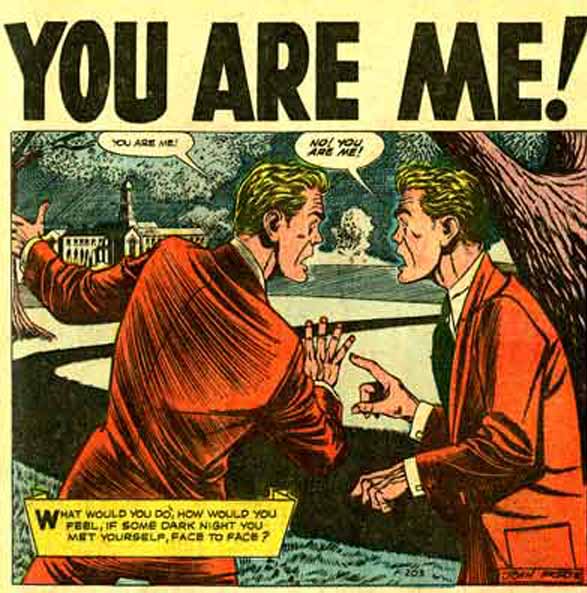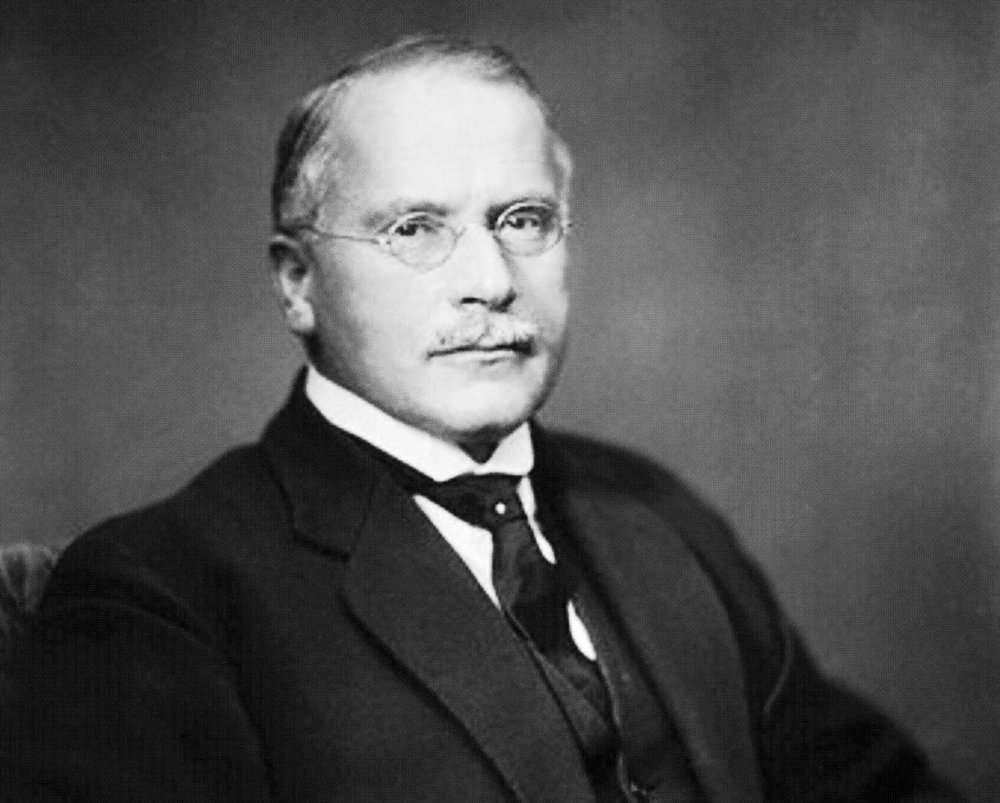
Carl Jung (1875-1961; pronounced “Yoong”) was a psychologist who worked when modern psychology was an emerging science. He studied under Freud, who found patients’ psychological problems often resulted from experiences earlier in life that were repressed into the subconscious. Jung noticed that some patients’ subconsciouses seemed to contain items that were not directly related to their lives. He set about trying to discover what other psychic contents might be in the subconscious.
What he learned in his research led him to label parts of the subconscious that did not come from an individuals’ direct life experiences. They were part of what he deemed the universal unconscious (i.e., they were not individual and they were not the subconscious that Freud was studying, which was based on personal lived experience). These included reoccurring stories, images, emotions, and patterns, which he called archetypes. And there was a part of the subconscious that seemed to consist of everything that the individual when in society was not: this he labeled the shadow.
He and others who followed him continued to explore these aspects of the mind and found how they went a long way toward explaining human behavior in ways that other explanations did not. As Joseph Campbell, one of Jung’s followers, once said, “an economic theory of human history could never explain a Chartres (Cathedral)  . Meaning: there is something else at work in humans than mere day-to-day concerns. Some universal unconscious aspect (I’ll call it here “a need for spirituality”) drove many people in Chartres for hundreds of years to come together to build a place of worship more magnificent than any business or home.
. Meaning: there is something else at work in humans than mere day-to-day concerns. Some universal unconscious aspect (I’ll call it here “a need for spirituality”) drove many people in Chartres for hundreds of years to come together to build a place of worship more magnificent than any business or home.
So then, what is in this universal unconscious that we all have inside of us? And how can it help us understand our own behavior and that of other humans? Let’s begin with two of the most important concepts/aspects: archetypes and the shadow. Understanding these two concepts is important to understanding the overall view of how the universal unconscious affects human experiences and behaviors.

 Archetypes are collective; “the effects they produce” are individual (according to Jung). So how can we show that they exist and what they are?
Archetypes are collective; “the effects they produce” are individual (according to Jung). So how can we show that they exist and what they are? The chicks stopped peeping. The archetype of that predator bird’s shadow was inside each chick at birth, and it set off the behavior of being quiet so as not to be discovered and preyed upon. This image had been passed down because it was important for the animal to survive that the image be in the animals’ brain/mind to touch off the proper behavior when the experience arose. This to me is one of the best examples of both how archetypes act and proof that they exist.
The chicks stopped peeping. The archetype of that predator bird’s shadow was inside each chick at birth, and it set off the behavior of being quiet so as not to be discovered and preyed upon. This image had been passed down because it was important for the animal to survive that the image be in the animals’ brain/mind to touch off the proper behavior when the experience arose. This to me is one of the best examples of both how archetypes act and proof that they exist. 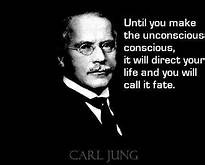
 But Jung’s own definition went on to clarify, “If it has been believed hitherto that the human shadow was the source of evil, it can now be ascertained on closer investigation that … shadow does not consist only of morally reprehensible tendencies, but also displays a number of good qualities ” [CW9 paras 422 & 423].1 One of his most famous students, Maria Louise von Franz, cited a woman Jungian therapist who worked with some of the hardest criminals in jail and found that their shadows were incredibly positive.
But Jung’s own definition went on to clarify, “If it has been believed hitherto that the human shadow was the source of evil, it can now be ascertained on closer investigation that … shadow does not consist only of morally reprehensible tendencies, but also displays a number of good qualities ” [CW9 paras 422 & 423].1 One of his most famous students, Maria Louise von Franz, cited a woman Jungian therapist who worked with some of the hardest criminals in jail and found that their shadows were incredibly positive. 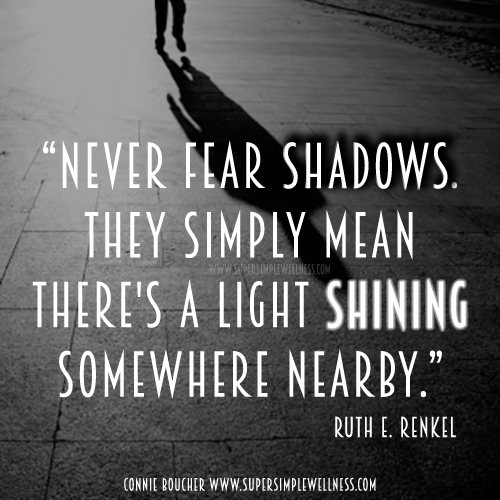
 or a negatively charged particle in physics
or a negatively charged particle in physics  . Negative for him was a scientific term and not a judgment. It was negative in that it was not lived out or processed. It would be no truer with these words to say that everything one actually did in real life was positive in the sense of good. It is merely positive in the sense of being manifest like the positive image of a photographic negative: it has been brought to light.
. Negative for him was a scientific term and not a judgment. It was negative in that it was not lived out or processed. It would be no truer with these words to say that everything one actually did in real life was positive in the sense of good. It is merely positive in the sense of being manifest like the positive image of a photographic negative: it has been brought to light.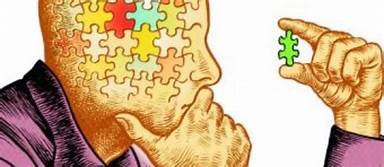
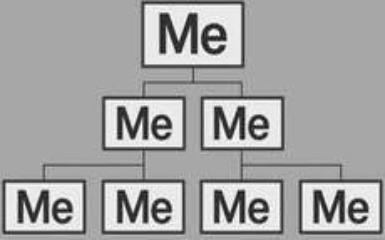 Individuation demands incorporating parts of your psyche you don’t want to admit are there: the shadow. Also, knowing the archetypes that you are living out teaches you about your individuality and thus helps you individuate. As John Beebe says in the intro to The Essential Jung, “although human psyches, like human bodies, share a basic structure, the individual psyche is ‘an endlessly varied recombination of age-old components’.” Learning your specific recombination is individuation.
Individuation demands incorporating parts of your psyche you don’t want to admit are there: the shadow. Also, knowing the archetypes that you are living out teaches you about your individuality and thus helps you individuate. As John Beebe says in the intro to The Essential Jung, “although human psyches, like human bodies, share a basic structure, the individual psyche is ‘an endlessly varied recombination of age-old components’.” Learning your specific recombination is individuation. 
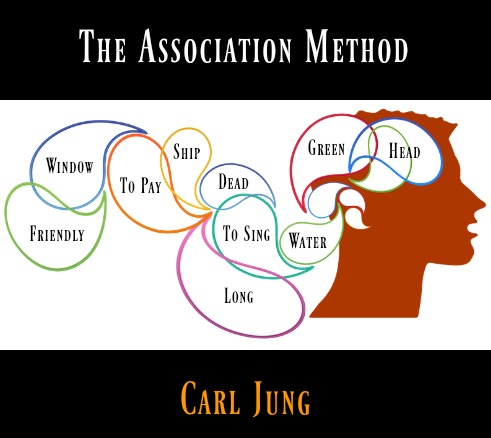 The things that were not related to the word would have come from some unconscious place. So, for example, the association of “white-black black-father” would indicate perhaps that there was something worth exploring in the person’s relationship with their father because “father” is not a common association with the word “black.” These instances of using the wrong word or a word that is not usually associated with whatever one is talking about have come to be called “Freudian slips.” I call them “Jungian slips.”
The things that were not related to the word would have come from some unconscious place. So, for example, the association of “white-black black-father” would indicate perhaps that there was something worth exploring in the person’s relationship with their father because “father” is not a common association with the word “black.” These instances of using the wrong word or a word that is not usually associated with whatever one is talking about have come to be called “Freudian slips.” I call them “Jungian slips.” 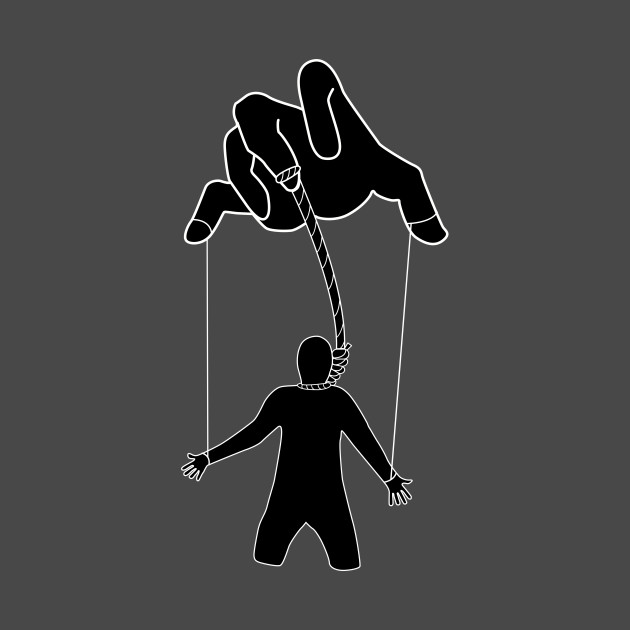 But by amplifying the images in our dreams and imagination and words, we can “figure out” what is going on psychically in our lives.
But by amplifying the images in our dreams and imagination and words, we can “figure out” what is going on psychically in our lives.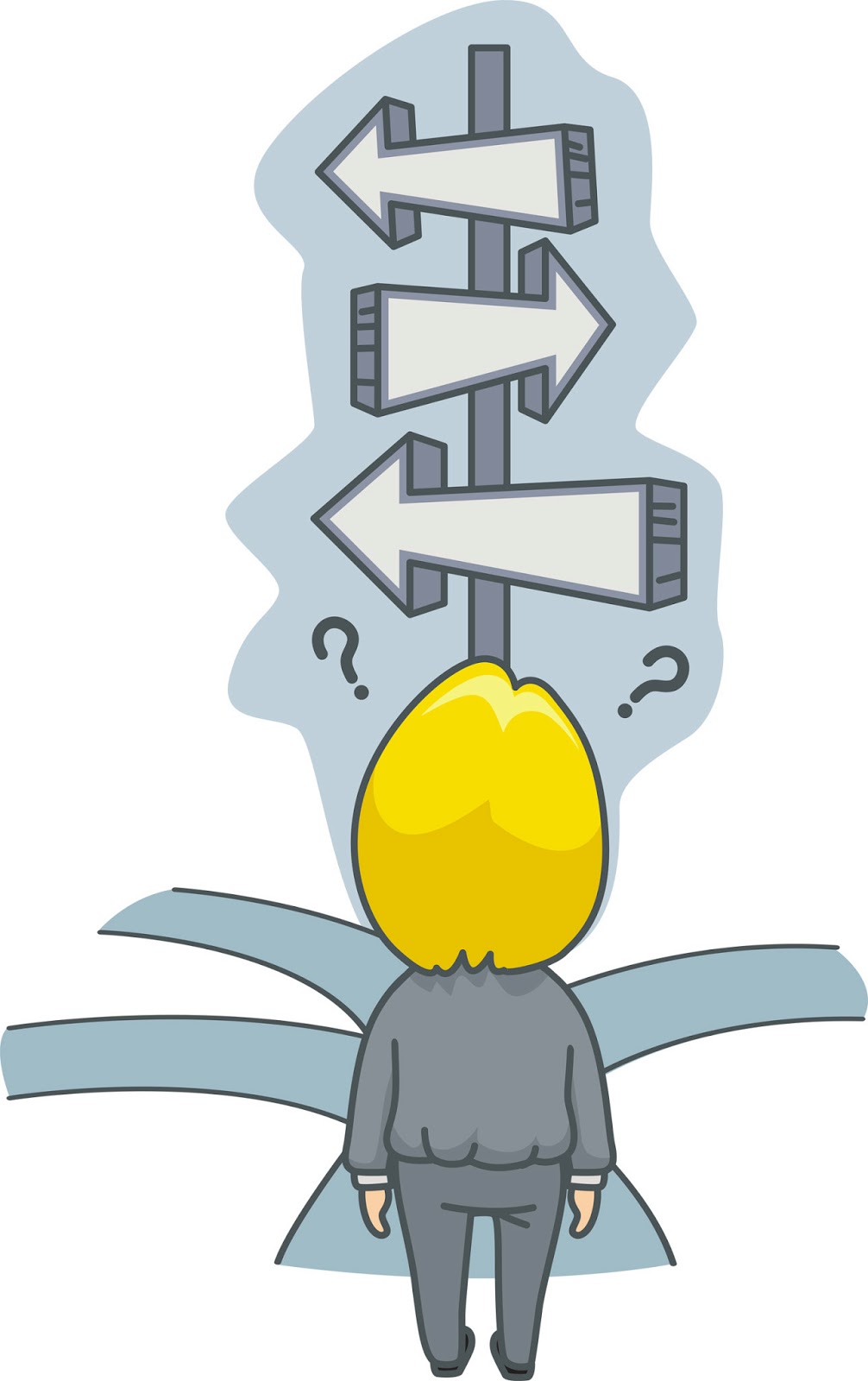

 like the rabbit in Alice in Wonderland. Are you worried about being late to a specific appointment that week? Or late to doing something to save your marriage? Or late to writing that Great American Novel you were always planning to write?
like the rabbit in Alice in Wonderland. Are you worried about being late to a specific appointment that week? Or late to doing something to save your marriage? Or late to writing that Great American Novel you were always planning to write?  By starting with a seemingly trivial image from your daily life, amplification can help you learn what the psyche/soul is really worried about.
By starting with a seemingly trivial image from your daily life, amplification can help you learn what the psyche/soul is really worried about. onto other people or eruption into your behavior.
onto other people or eruption into your behavior. 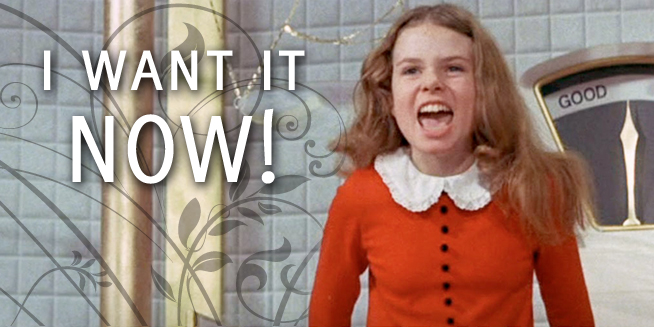 These can be dangerous, but are not necessarily so, which is why I hesitate to label the shadow negative as is common today.
These can be dangerous, but are not necessarily so, which is why I hesitate to label the shadow negative as is common today. We will see later how those patterns live out.
We will see later how those patterns live out.  and “I know you are but what am I?” So, in the previous example, the senator denying his own homosexuality projected out onto other gays that they were “bad.” A politician who does not feel secure in his ability to lead, will accuse anyone who says he may not be a good leader of being “a traitor.” They have, in fact, merely voiced his own inner insecurity.
and “I know you are but what am I?” So, in the previous example, the senator denying his own homosexuality projected out onto other gays that they were “bad.” A politician who does not feel secure in his ability to lead, will accuse anyone who says he may not be a good leader of being “a traitor.” They have, in fact, merely voiced his own inner insecurity. 